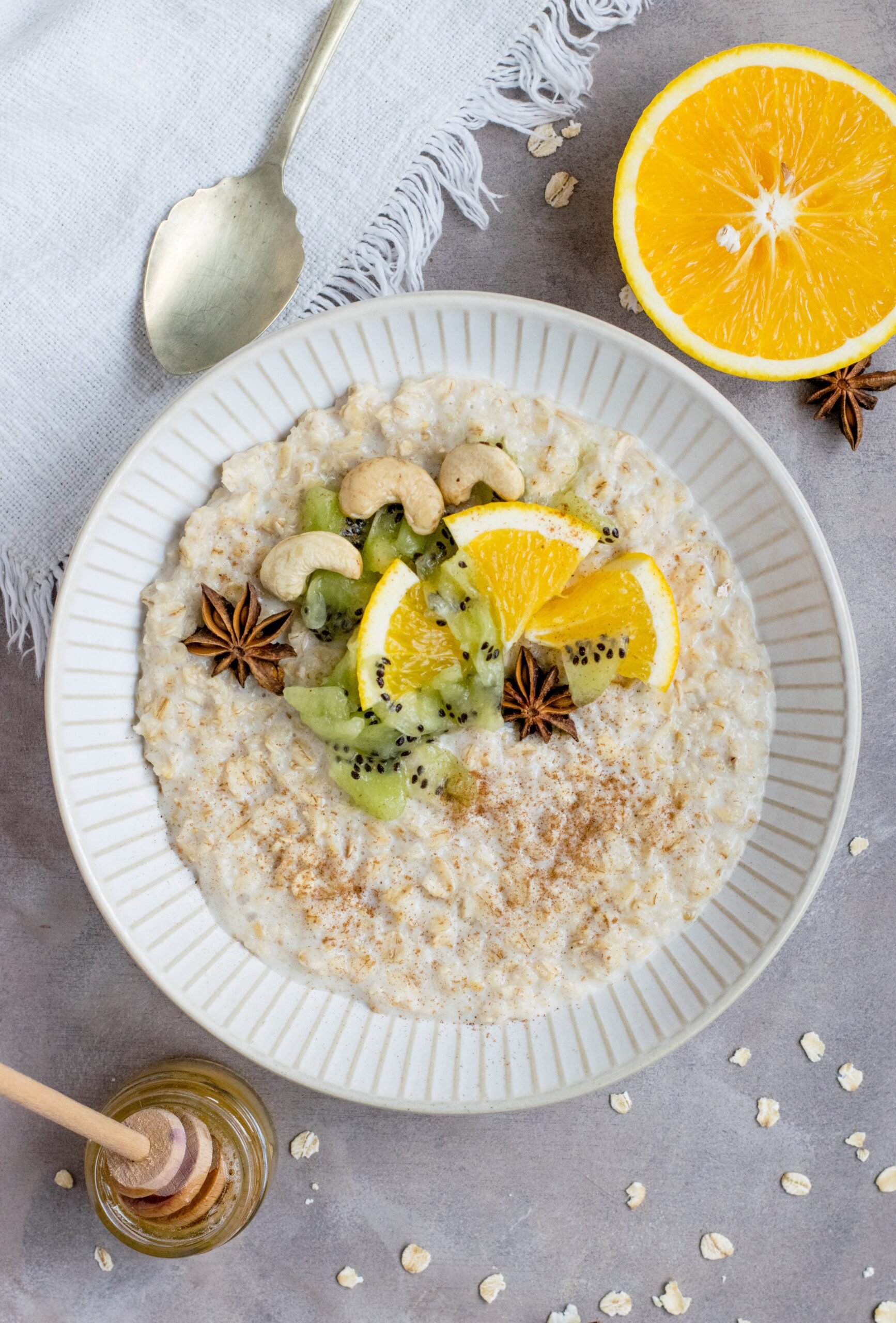
Photo by Monika Grabkowska on Unsplash
Do you remember the commercial a few years (OK, probably many years back) that had the guy in the elevator bragging about how he dropped his cholesterol by 50 points by switching his morning eggs with oatmeal?
Perhaps you have seen one of the many documentaries out there that say the best way to lower your cholesterol is to follow a vegetarian or vegan diet.
Or if you were diagnosed with high cholesterol in the past decade you have probably been encouraged by your doctor to cut out red meat, shrimp and other foods containing dietary cholesterol.
Now don’t get me wrong, I fully support oats and eating less meat and more plants. Please, go and eat a vegetable right now! However, the reason that these three strategies can help lower cholesterol is not necessarily that they are cutting dietary cholesterol out, but rather that they are ADDING in fiber.
The single most impactful dietary change you can make to lower your cholesterol is to increase your fiber to ~35g per day.
Why is this? Although we are still learning about the exact ways fiber leads to lowering cholesterol, the two main way that fiber (specifically soluble fiber) helps is:
- Preventing re-absorption of cholesterol into the blood stream.
- Transporting bile out of the body so that it must break down cholesterol to create more bile. This lowers the total amount of cholesterol available in your body.
Soluble fiber it the most important player, however I find it easier to focus on total fiber because soluble and insoluble fiber tend to come together in most high-fiber foods. These foods include: beans, lentils, whole grains, fruits, vegetables and nuts.
So what does this look like when you are using real food? Here is an example day:
BREAKFAST ~ 8G FIBER
- 1/2 cup oatmeal (measured dry)
- 1/2 bluberries
- 1 tsp chia seeds
- 5 crushed walnuts
LUNCH ~18G FIBER
- 2 slices Dave’s Killer bread (high fiber)
- 1/4 avocado
- 1 slice tomato
- 3 slices turkey breast
- 2 tbsp hummus
- 15 baby carrots
SNACK ~ 7G
- 1/4 cup almonds
- 1 apple
DINNER ~ 8G
- 1 Chicken breast
- 1 cup grilled asparagus
- 1 cup quinoa
TOTAL = 41G FIBER
This might not be the most exciting day of eating, but I wanted to show you how being proactive makes it fairly easy to ensure you are getting enough fiber. Alternatively, if you weren’t paying attention you could have easily skipped some of the fruits and vegetables, opted for lower fiber whole grains and actually missed a few meals or snacks altogether. The average american gets about 15g of fiber a day by making these same omissions.
I would suggest you spend the next few days looking at labels or doing a quick nutrient search of some of your favorite foods to see how your fiber is adding up. Hopefully you will find that a few different choices will kick up that fiber, lower that cholesterol and keep that heart healthy!

